|
When dealing with autism, just as in most other disorders, you will be faced with a number of therapy options for your child. These include therapies that are educational, behavioral, biomedical, nutritional, and sensory.
This post may contain affiliate links. Purchases made through these links help make content like this possible, at no charge to you. We thank you for your support. One way to ensure that your child receives the best possible therapy for autism is to carefully monitor the effects a therapy has over time. By finding out which therapies work and which do not, you can stop paying for the ineffective methods and put more of your money into those which are creating a positive difference. First, evaluate the abilities of the autistic individual before the therapy begins. To do this, many services and organizations, including the Autism Research Institute, provide a checklist of evaluation points that focus on behavior and illnesses associated with autism. Autistic individuals tend to have increasing functionality as they mature, so remember that some of the positive effects in his or her life are simply due to the natural growth process. However, after two months fill out the checklist once again and compare it to the first. Are there any sharp positive increases in behavior characteristics? If so, this is more likely due to the treatment. It is important to begin only one treatment method at a time. If you try everything at once instead, good and bad effects may cancel one another out, or even if the effect is totally positive, you will not know which treatment method is causing it and which are not doing anything. Of course, past studies can help you choose which methods to use, but because autism is an extremely complicated and individual disorder, these studies are not always helpful. Also, some treatments are so new that the studies done are only on short-term effects, which is usually unhelpful. Instead, it is a process of trial and error. Two months is a good amount of time to study the differences within an autistic individual trying a new treatment. After two months, if you do not see positive improvement, you can discontinue your use of that particular method and better invest your money in treatment options that work. Remember that you do not always have to wait two months to make choices about whether to continue or discontinue a therapy method. If the side effects of a medication, for example, are interfering with the patient’s life in an unbearable way, then you should discontinue the treatment. You can also make continual treatments based on immediate good reactions—just remember to continually monitor the various methods. Autistic individuals grow and mature just like everyone else, so treatments may stop working after time. Before trying anything new, consult your doctor to make sure you are being as safe and healthy as possible. Autistic children need schedules Schedules are an important part of every child's life. This is especially true when dealing with a child of special needs like Autism. Having a schedule will help the Autistic child feel a sense of structure. Children with Autism often have anxiety issues they are dealing with. Having a schedule helps the levels of anxiety to drop. They know what to expect daily. They know at a certain time of the day what they will be doing. If there is no schedule or structure in an Autistic child's daily life things will be very hectic. An Autistic child can have a lot of medical and therapist appointments. Sometimes there will be more than one appointment a day. Keeping a schedule can help you and your child to make sure they do not miss any appointments. Some Autistic children have trouble with reading. You can use a visual schedule. Have pictures for all the daily activities. This allows them to see what is coming next. Having a schedule for your Autistic child will help avoid some breakdowns. Keep the schedule posted where your child can see it. If you have to change the schedule explain the changes to your child. Autistic children like routines, and a change could throw their whole day out of whack. Homeschooling One Child has a visual schedule available for subscribers. To get yours, simply subscribe to the newsletter here. Schedules can be a help when trying to get the child to do something they do not want to do. Simply show them that after they do the task or activity they will get to move onto something else. Tell them they cannot move on until this activity is completed. It’s difficult to argue with a printed schedule. There will always be things that come up. Try to stick to the schedule as much as possible. When things come up try to get back on schedule as soon as you can. This includes weekends. If your child is used to getting up at seven in the morning continue to do so. Keep their bedtimes close to the same time each night. Your Autistic child will be happier when they have had enough sleep. Schedules will make life much easier for you and your Autistic child. Keep them posted for your child to see and stick to the schedule the best you can. An example of a schedule you can use is found below. 7 AM Wake up, get dressed, and ready for the day 8 AM Breakfast 9 AM Therapy Appointment at home or homeschool 11 AM Free time/ Play time 12 PM Lunch 1 PM Outdoor Play 2 PM Therapy Appointment at home or homeschool 3 PM Free Time 5 PM Dinner 6 PM TV time 7 PM Bath time 8 PM Bedtime This allows the child to know what is going on during the day. Include medical or therapy appointments on the schedule. An older child can still benefit from a schedule. It has to be adjusted for school time, and any extracurricular activities. You can include homework time and chores into the chart. Once you start using a chart for your Autistic child you will see an improvement in the flow of your day. This also leaves little time for boredom. There is always something planned to do. Let your autistic child be a kid Many parents with autistic children are afraid to let their child be a kid. They get so wrapped up in their child's therapies they forget to let them have fun. They focus on keeping them safe and become too protective. The child's life becomes full of appointments. They get little time to just be a kid. While it is important to keep your child safe it is also important to give them time to do things they like. Here are some things you can do to make sure your child gets to be a kid. 1. Give your Autistic child a certain time each day to do whatever they want to. If they have a toy or game they like to play let them. Everyone needs a break from appointments. 2. Arrange activities for your child that they like. This could be something like a trip to the park once a week, or a meal at their favorite restaurant. Let the child pick the activity. Maybe they would like some time to spend with grandparents or a favorite family member. 3. Let them retreat into their autistic bubble—but don’t let them stay there. If they need a sensory break and want to watch a train video or play with trains, or be on a tablet, or swing from a sensory swing, let them do that. These activities are not wastes of time, but instead they help the child process and decompress. 4. Do not teach your child to be a victim. Just because they are Autistic does not mean they cannot have a normal life. They need to be taught to not let their condition stop them in life. Teach your Autistic child they can do anything they set out to do. 5. Do not let your child's diagnosis of Autism become an excuse. Give your child consequences if they do something wrong. Do not let them get away with things simply because they are Autistic. Children learn pretty quick that the excuse of their condition can get them special treatment. This will not help them later on in life. 6. Give your Autistic child chores. Make sure they are chores the child is capable of doing. This will give the child the pride of knowing they can accomplish something. Give them rewards for completing the chores. The chores could be as simple as making their bed, picking up their toys, or feeding pets. 7. Do not lower your expectations for your Autistic child. Teach them to always do their best. Having a medical condition should not give them a reason to not try. If they do not try they will never know their full potential. Kids get hurt. They get dirty. That is all a part of being a kid. Do your part and watch over them but allow them to have some freedom. Even though your child has special needs, allow them the chance to be a child. Homeschooling autistic children There’s an old adage regarding autistic people: if you’ve seen one person with autism, you’ve seen one person with autism. This means that autism is a wide-ranging developmental disorder that manifests in many, many different ways. You have to do what is right for your family and your child, regardless of what works or doesn’t work in other autistic homes. There are many resources and activities for children with autism for homeschooling. Some parents, especially those who have had children in public schools, are familiar with individualized educational plans, or IEPs. As a mom of four special needs kiddos, three of whom were in public school and the last daughter was in public school for 2-1/2 years, I can say with all confidence homeschooling is the best IEP you can possibly give your child. You know your child more than anyone, and you are fully capable of teaching your son or daughter, even if autism is present. Absolutely, count therapies as homeschooling. Kids work hard in therapy, and they learn a great deal--why shouldn't that count as homeschool? In fact, if all your child does in a day is therapy, that's a homeschool win. Read to your child, no matter the age, every day. Talk with your child, even if he or she is nonverbal. Just because the child cannot speak does not mean the child isn't listening to you. (Be mindful of what you say; if you're talking about the child with the child in the room, don't be negative and say the child cannot do something. What a child hears, they become). Be patient when teaching. Make abstract concepts as concrete as you can. Use manipulatives in math. If they act out or have some sort of behavioral meltdown during a subject that you've gone over again and again, it might just be that they're bored. My autistic son did menu math in school for years until I homeschooled him the last semester of his senior year, due to bullying and behavioral issues. Turns out, he was bored with menu math. After I acquired a pre-algebra book and started teaching him that, his behavior issues cleared up. He found pre-algebra to be intriguing, like codes to solve. He had been bored the whole time and was acting out because of it. Other resources for kids with autism As I wrote above, I'm a mom of an adult son with autism who was diagnosed in 2000 at the age of six, when there wasn’t a lot of research, acceptance, or tolerance for people with autism. I had to do a lot of trial-and-error on my own to help him. There are a couple of tools and resources I used throughout his childhood and teenage years to help him. One was the website Do to Learn. This website has an incredible treasure trove of resources, information, and tools to help parents with their kids. Another resource, especially in Sam’s teenage years, is the book by Mary Wrobel, Taking Care of Myself. This book (the edition with the green cover is the best) helps teach teens with autism about hygiene and puberty. It can be used as a personal curriculum for young people with autism. Lastly, it helped me a great deal as a mom with an autistic child to learn from others who had experience managing life while having a child with autism. Parents with typically developing children simply don’t understand the grief, joy, heartache, and extreme fatigue that comes with having a child on the autistic spectrum. Having been through that road before, I wanted to do something to help others who are homeschooling kids with special needs. That is why I created the Homeschooling Special Needs Expo, coming to Shelby, NC, June 28-29, 2024. This Expo delivers over 50 educational sessions from over 30 seasoned, experienced homeschoolers and people who have or are facing parenting children with various challenges. It also features almost 30 exhibitors that focus on curriculum, special needs, therapies, testing, and other services or products to help you in your homeschooling special needs journey. For more information, and to register, click here. Blessings, Terrie © 2024 Terrie Bentley McKee ALL RIGHTS RESERVED
0 Comments
Leave a Reply. |
AuthorTerrie Bentley McKee is an author and speaker who homeschools her youngest daughter. Married to her husband Greg, they have four children, all of whom have special needs of varying degrees. Terrie is a follower of Jesus Christ and tries to glorify God in all she does. To read more about her testimony, click here. Affiliate LinksHomeschooling One Child is a participant in the Amazon Services LLC Associates Program, an affiliate advertising program designed to provide a means for sites to earn advertising fees by advertising and linking to amazon.com. Check out our YouTube channel!Check out our podcast!Please pin!Archives
January 2024
Categories
All
|
- Home
- Blog
- Podcast
-
Resources
- Teach What is Good Devotional
-
Convention Resources
>
- Homeschooling a Teen with Autism
- Tips on Creating a Disability-Inclusive Church
- How to Teach Your Exceptional Child about Faith
- Homeschooling Preschoolers with Autism
- How to Pick Developmentally Appropriate Curriculum for your Autistic Child
- Overwhelmed
- Homeschooling One Child
- Life Skills Chickens
- Strategies on Homeschooling Kids with Special Needs
- About Us >
- Vlog
- Homeschooling News
- Printables
- Special Needs
- Curriculum
- Encouragement
- Home Management >
- History
- Science
- 25 Days of Advent
- Courses
- Store
(C) 2023 Terrie Bentley McKee ALL RIGHTS RESERVED
- Home
- Blog
- Podcast
-
Resources
- Teach What is Good Devotional
-
Convention Resources
>
- Homeschooling a Teen with Autism
- Tips on Creating a Disability-Inclusive Church
- How to Teach Your Exceptional Child about Faith
- Homeschooling Preschoolers with Autism
- How to Pick Developmentally Appropriate Curriculum for your Autistic Child
- Overwhelmed
- Homeschooling One Child
- Life Skills Chickens
- Strategies on Homeschooling Kids with Special Needs
- About Us >
- Vlog
- Homeschooling News
- Printables
- Special Needs
- Curriculum
- Encouragement
- Home Management >
- History
- Science
- 25 Days of Advent
- Courses
- Store

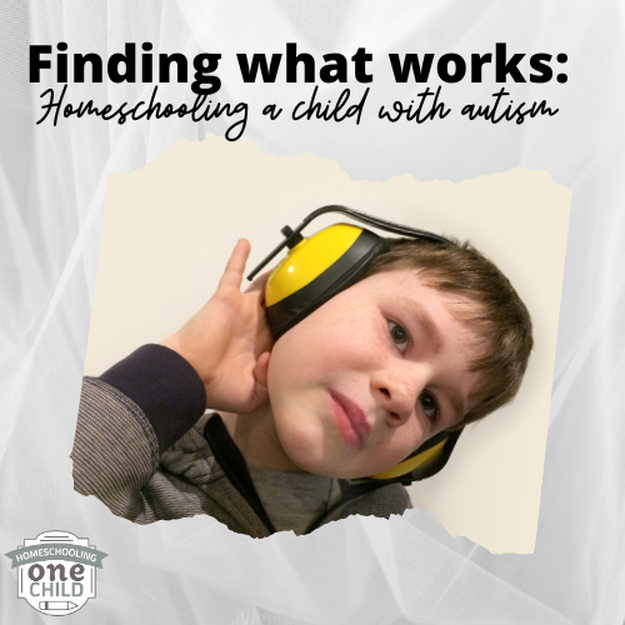
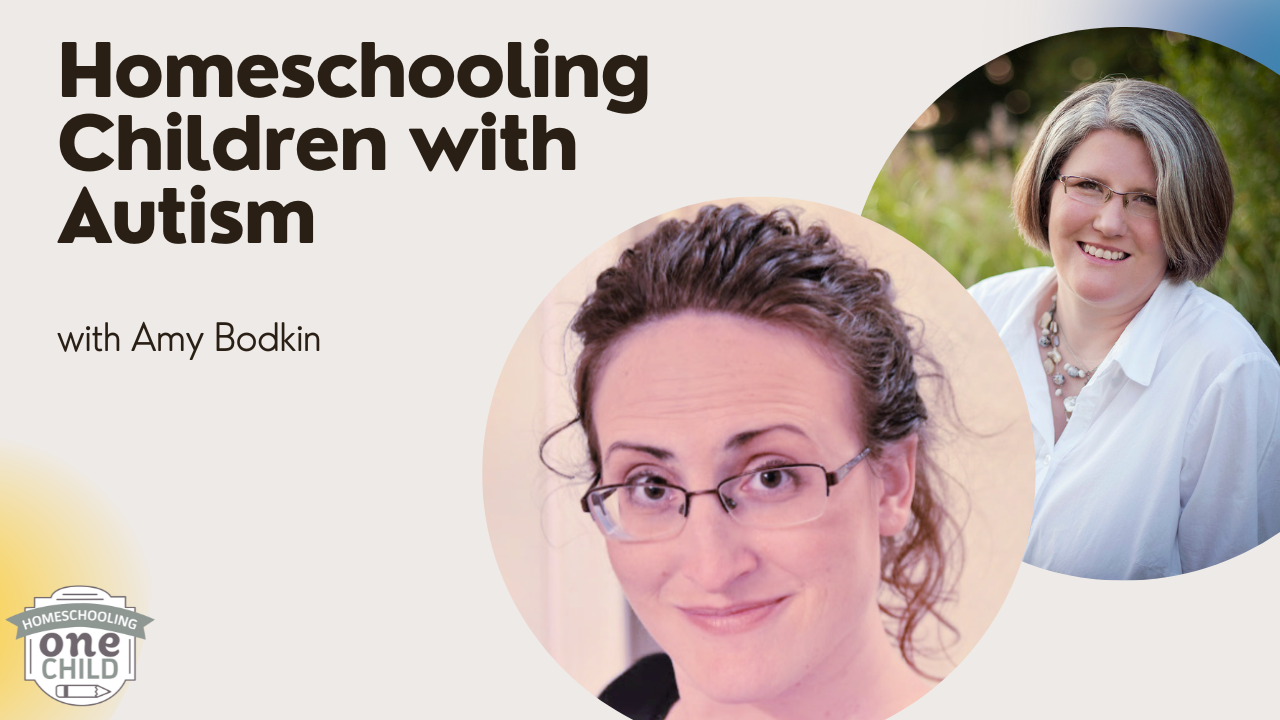


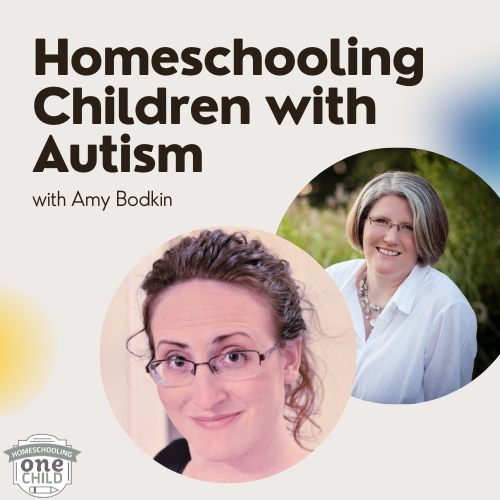
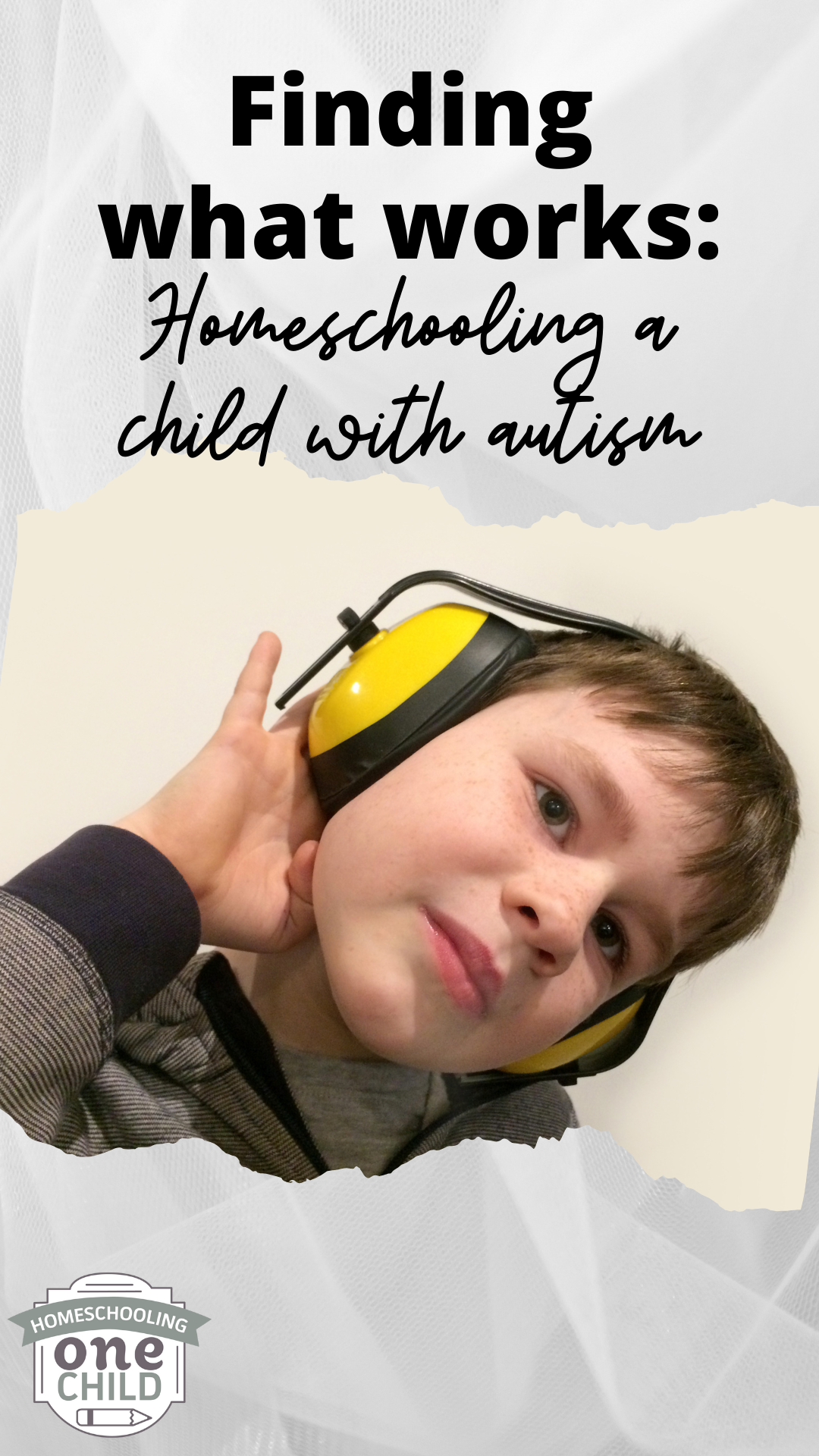
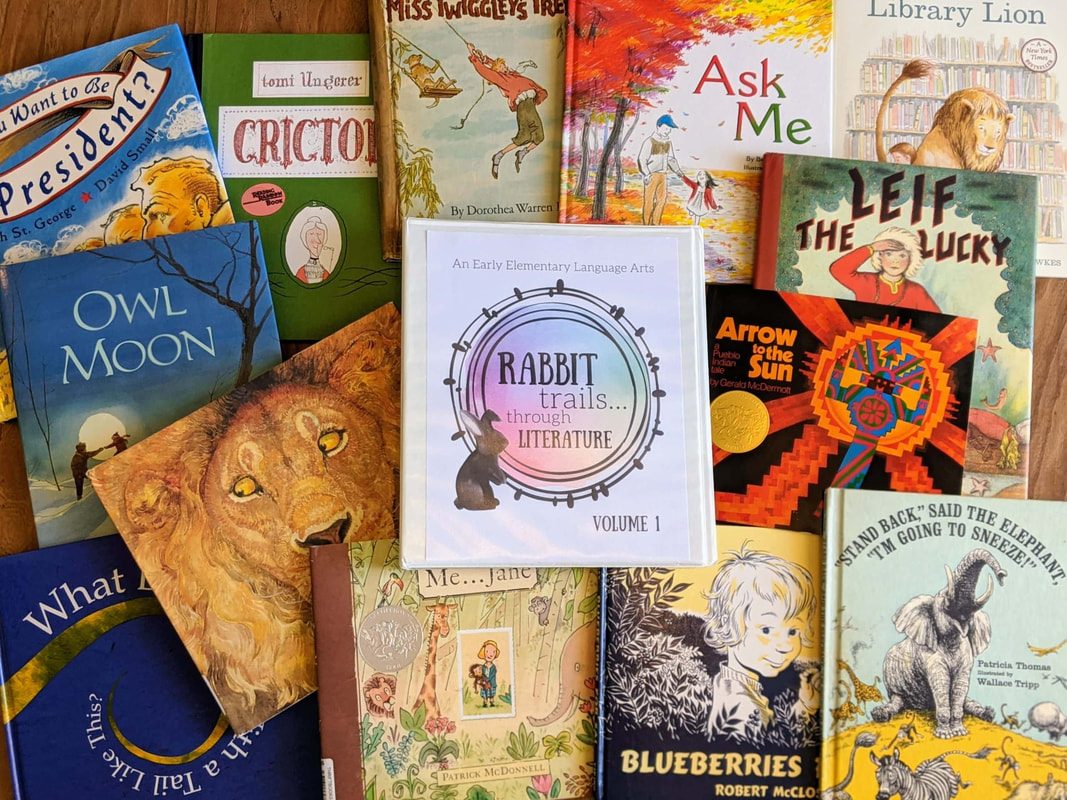
 RSS Feed
RSS Feed
